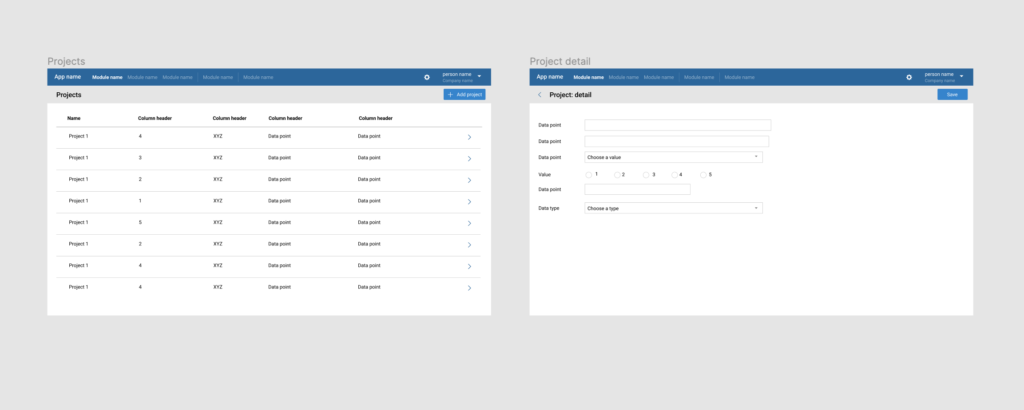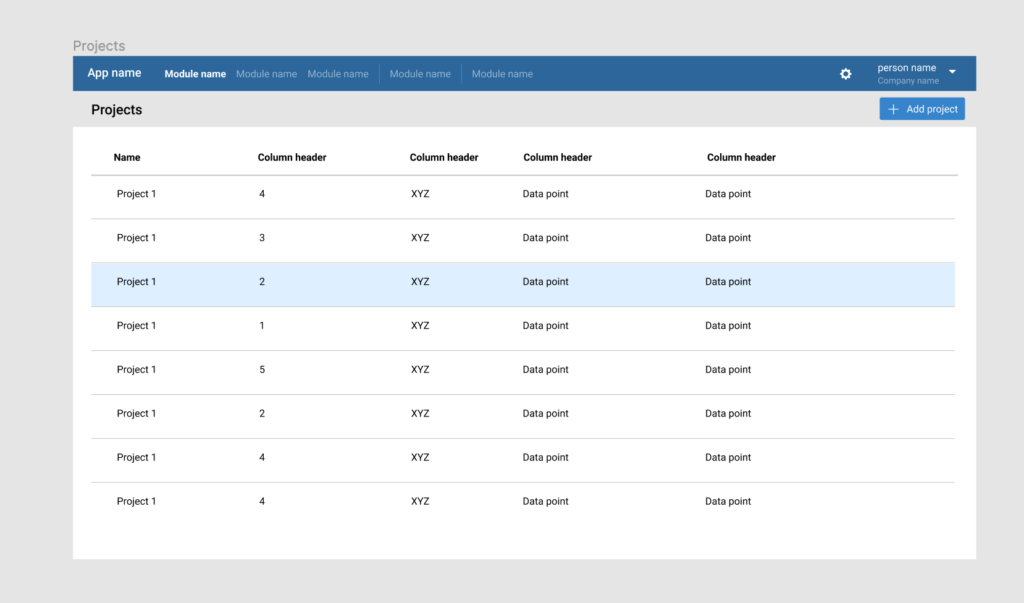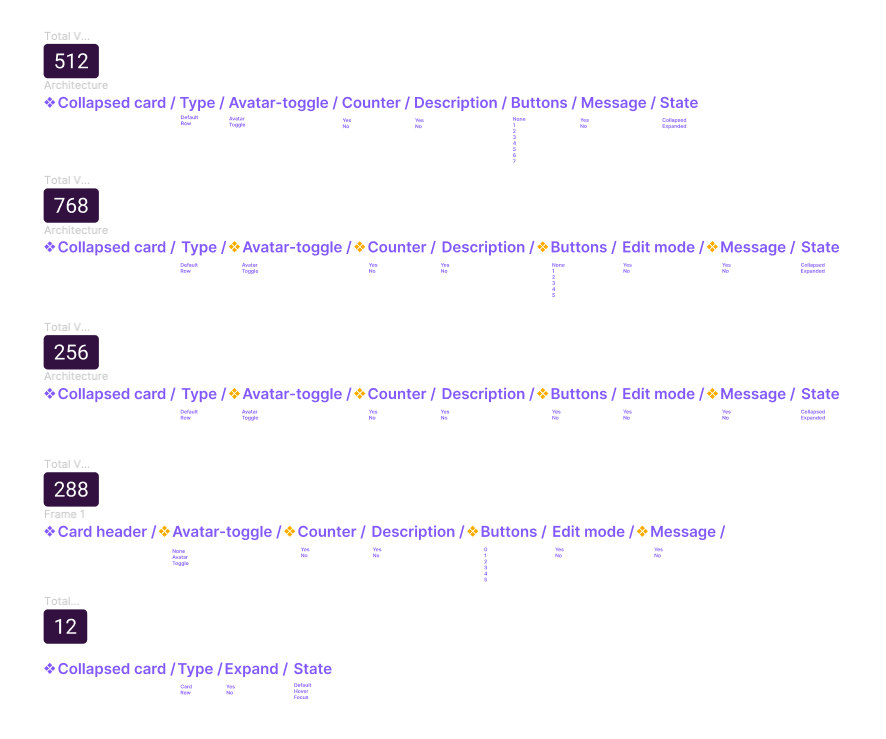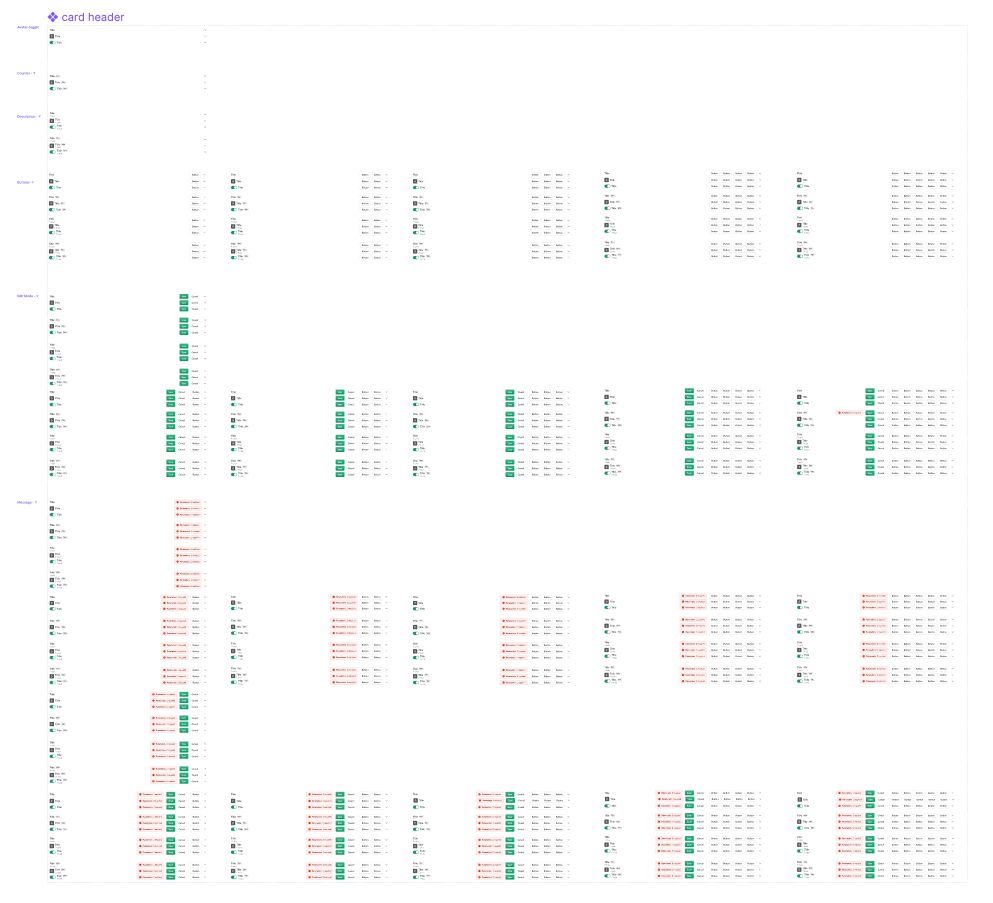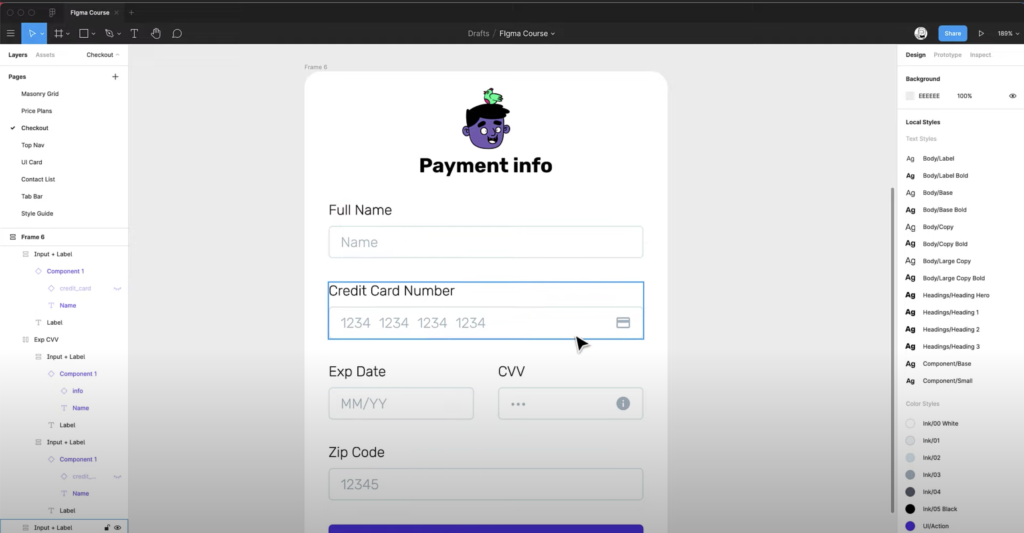I just read Jesse James Garret’s FastCompany article about the bad turn the UX industry has taken. I can’t say I disagree – here’s my take.
What I’ve seen the last few years is that plenty of companies jumped on the UX bandwagon having read little more than a poor summary of a poor design sprint book. Some of these companies weren’t founded because of a love for design and trying to make things better. More as a way to make a quick buck.
The bigger IT consultancies figured out they could make some extra money by filling in junior UX positions in big companies. Some companies even figured out they can use their UX division as a loss leader to sell bigger IT projects.
People are dragging designers into development sprints. Constantly. JJG’s article talks about this extensively and I’ve seen first-hand why it sucks.
Engineering managers simply love that cross-profile that takes eases the dev work. Who knew that somebody who is trying to do analysis on the spot and solving the gaps between dev communication would be helpful? Except that this has little to do with design.
What you’re doing as a designer there is being an on-the-spot problem solver for a dev team. You know how design problems get solved? Through careful iteration and design work over a longer period.
That includes prototypes and bringing things to production. That includes talking to engineering.
But that doesn’t mean that design follows the exact same timeline as development. Don’t let anyone lure you into this other idea that design simply has to be X amount of time in front of engineering. It’s wrong. Design has nothing to do with the dev timeline.
Design is about solving problems. Design is about finding out what you need to do. Design is about bringing clarity. It’s not about being on standby for a dev team because somebody forgot to do their planning job.
In the agile world, designers are forgetting to design because they have to compensate for an overall lack of quality front-end development and quality product management. There’s huge teams of devs and no one took the time do learn foundational HTML/CSS. Designers including me love to take it upon themselves to compensate and try to fix all the things.
The problem is, in the long run, you are selling yourself short and you just become the fixer of little things.
Combine this with the fact that it’s just so easy to land in the wrong type of work as a new designer. The UX factory that JJG is describing. The cookie-cutter UX work where your influence amounts to a single screen or the color of a button. Clients are risk-averse and treat UX as a checklist item.
The bigco’s mentioned earlier started building larger in-house dev teams but filled them with consultants with little experience. Then they wondered why their apps still got 2.5 stars out of 5 in the App store.
Because of the lack of training and the lack of right projects, designers don’t get trained to ask the tough questions. They become frustrated because their influence doesn’t reach further than the color of a button or the look of a niche UI element.
This, a thousand times over, then leads to an overall lack of skill in the industry. User experience work is done poorly in a lot of places.
There are few people with skills that can go broad enough to think about software and computing on a foundational level.
If I am asked to recommend the best UX people in Belgium you’re going hear a big “uhm…”. There is talent in some agencies with a good reputation but I don’t contact these out of principle. There’s some good people in product roles in the few product companies that matter. And that’s about it. A good UX person is actually pretty rare.
Worst of all for me, from a hiring perspective, some of the best profiles have left Belgium. I want to reach a very high level of work, but the industry is making it difficult.
The word UX is plastered on everything from marketing design to business innovation because it simply entered some kind of professional checklist at some point. People say they need “UX”; even if they barely know what it means.
UX theatre is a given in an environment where people are scared to talk to their clients. Earlier this year I wrote a blog post about all the reasons I’ve been denied to do user research. You wouldn’t believe it. Why hire a UX firm at all if you are scared of talking to your users?! At least use us professionals as a shield so you can break through the standstill.
Software has been eating the world for over 10 years but most companies are only slowly making the shift to the realization that they too are a software company.
I think people don’t get exposed to the right kind of work. I was lucky to work with a few agencies that did understand what they were doing. I got to do the client workshops, the field research, the co-creation.
With what I learned, I founded our studio with my talented business partner because we simply wanted to do better work. There’s still a few small companies in Belgium doing the right work, in the right way. I hope the next few years things can become better again and we can turn things around. I’ll certainly try to do my part.
P.S. We are hiring.
